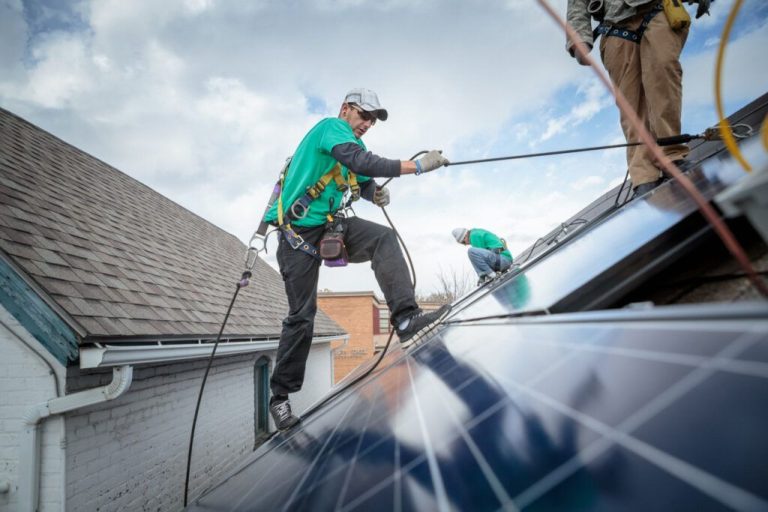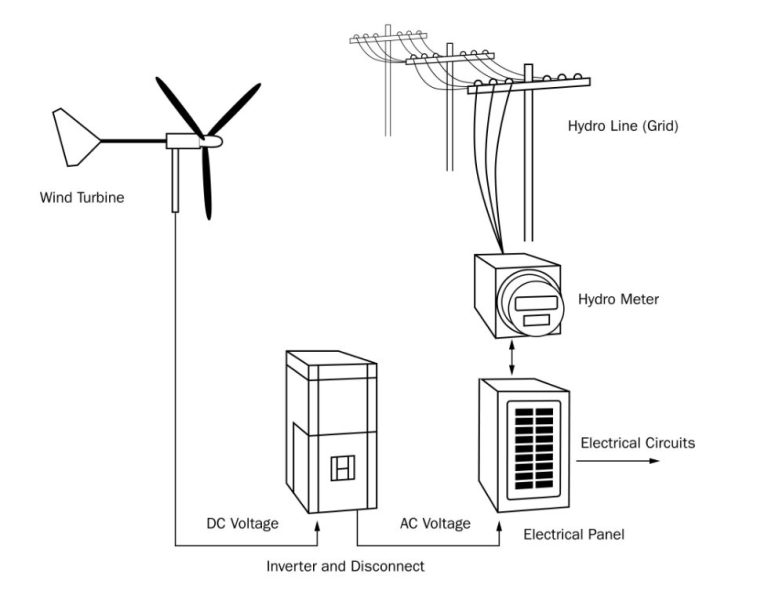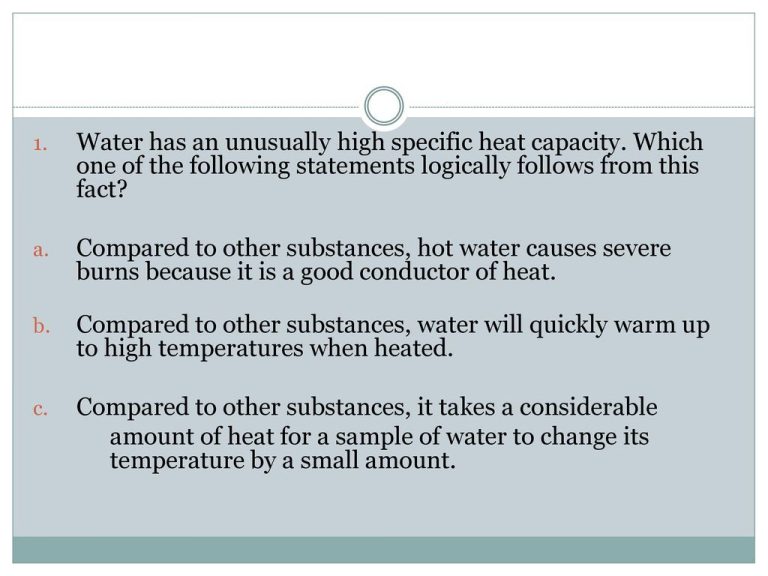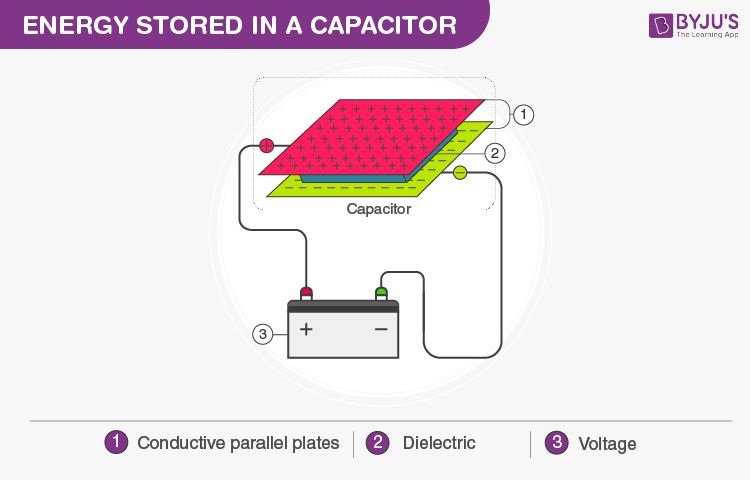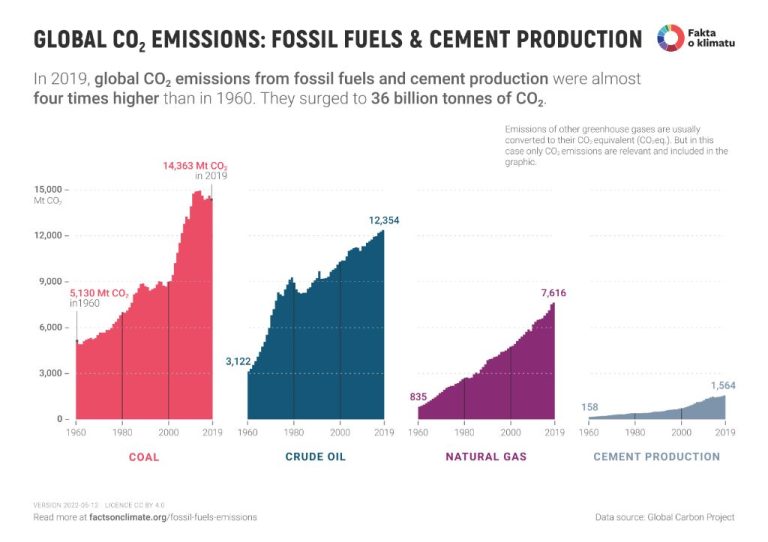Can Energy Be Created From Nothing?
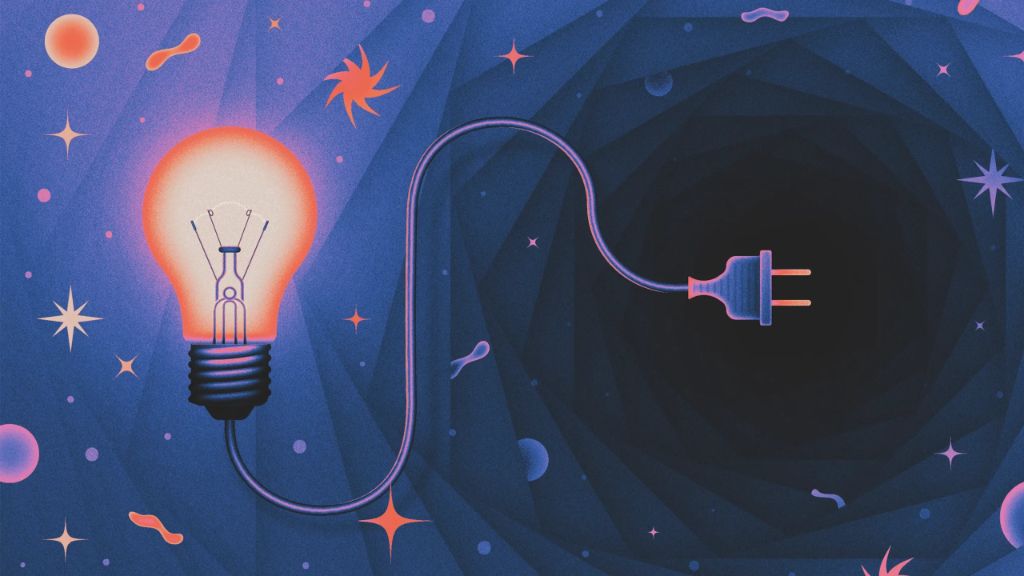
For centuries, inventors and dreamers have tried to come up with perpetual motion machines – devices that can create energy out of nothing indefinitely. The fantasy of getting something for nothing has captivated human imagination. Ideas around “free energy” and creating energy from vacuum continue to persist today. However, the fundamental laws of physics say this is impossible.
The laws of thermodynamics are some of the most established and validated principles in science. Specifically, the first law of thermodynamics is a formulation of the law of conservation of energy adapted for thermal processes. As summarized on Wikipedia, “the law of conservation of energy states that the total energy of an isolated system is constant; energy can be transformed from one form to another, but can be neither created nor destroyed.” https://en.wikipedia.org/wiki/First_law_of_thermodynamics
So in short – energy cannot be created from nothing. But where did this idea come from? And why do people still believe it’s possible despite physics saying otherwise? Let’s explore further.
The Laws of Thermodynamics
The Laws of Thermodynamics are some of the most fundamental laws in physics and chemistry that describe the relationships between heat, energy, and entropy. There are three key laws:
1st Law of Thermodynamics: This law states that energy can neither be created nor destroyed, only converted from one form to another (Chad’s Prep). For example, a car engine converts the chemical energy stored in gasoline into mechanical energy that propels the car forward. The total energy of the universe remains constant.
2nd Law of Thermodynamics: The second law states that the entropy of an isolated system always increases over time (LibreTexts). Entropy is a measure of randomness and disorder in a system. An isolated system will naturally evolve towards a state of higher entropy or disorder.
These fundamental laws imply that energy cannot be created from nothing within a closed system like the universe. While energy can change forms, the total amount of energy is fixed. Any process that appears to create energy, like a perpetual motion machine, will inevitably expend at least as much energy as it generates due to entropy. True energy generation from nothing would violate these thermodynamic laws.
Perpetual Motion Machines
A perpetual motion machine is a hypothetical machine that can operate indefinitely without an external energy source. There is a long history of failed attempts to construct such a machine, dating back to the Middle Ages. The pursuit of perpetual motion machines reached its peak during the Industrial Revolution.
Perpetual motion machines can be categorized into two main types: perpetual motion machines of the first kind, which produce useful work in a closed system, and perpetual motion machines of the second kind, which aim to not lose energy in an open system. Examples include wheels that allegedly spin forever, machines powered by supposedly magnetic materials, and designs that make use of buoyancy or gravity.
The creation of a perpetual motion machine is impossible due to the laws of thermodynamics. The first law of thermodynamics states that energy can neither be created nor destroyed in an isolated system. A perpetual motion machine would need to create its own energy to keep operating, violating this law. The second law of thermodynamics states that entropy in an isolated system always increases. A perpetual motion machine aims to decrease entropy indefinitely, going against the second law.
While crafty designs and innovative mechanisms can appear to generate “free” or limitless energy, friction, resistance, and other losses mean that no machine can operate perpetually. Careful scientific analysis always reveals flaws in perpetual motion machine designs. The laws of physics make perpetual motion impossible.
Some devices, like overbalanced wheels, may run for a long time on minimal energy. But they are not true perpetual motion machines since they eventually come to a stop. Perpetual motion contradicts universally accepted laws of science.
Zero-Point Energy
In quantum mechanics, zero-point energy refers to the lowest possible energy state of a quantum system. Even at absolute zero temperature, quantum systems exhibit fluctuations and motion due to the Heisenberg uncertainty principle. This fundamental energy of the vacuum state has fascinated physicists who wonder if it can be harnessed.
The concept arises from the fact that particles behave as waves and experience quantum jitter even at minimum energy. Calculations of the ground state energy of quantum harmonic oscillators results in a positive value, implying a non-zero baseline. Some have conjectured that zero-point fluctuations of the quantum vacuum could potentially be tapped for limitless energy. However, this is controversial and thought to violate the laws of thermodynamics.
While zero-point energy exists at the quantum level, there are significant barriers to extracting useful work from these vacuum fluctuations according to current physics understanding. Devices claiming to tap zero-point energy have not been proven scientifically viable [1]. Nonetheless, the notion continues to inspire theoretical and experimental investigation of whether energy can be harvested cost-effectively from the zero-point field.
Vacuum Fluctuations
Vacuum fluctuations refer to virtual particles that spontaneously appear and disappear in empty space due to quantum fluctuations. According to quantum field theory, the universe is permeated by quantum fields that undergo fluctuations even in seemingly empty space. These fluctuations produce virtual particle-antiparticle pairs that emerge and annihilate each other incredibly quickly. The temporary appearance of these short-lived virtual particles is allowed by the Heisenberg uncertainty principle of quantum mechanics.
The energy associated with these vacuum fluctuations is called zero-point energy. It’s the lowest possible energy state of a quantum field in vacuum. Though the virtual particles themselves are too short-lived to be directly observed, zero-point energy is measurable and has real effects such as the Casimir effect. Some speculate that zero-point energy could potentially be harnessed as a limitless source of energy if we could develop methods to extract the energy from the quantum vacuum. However, this likely violates the laws of thermodynamics.
Sources:
https://en.wikipedia.org/wiki/Vacuum_energy
https://en.wikipedia.org/wiki/Zero-point_energy
Energy Conservation
The law of conservation of energy states that energy can neither be created nor destroyed, only converted from one form to another. This means that the total amount of energy in an isolated system always remains constant. Here are some examples demonstrating conservation of energy in real-world systems:
The conversion of chemical energy in a battery to electrical energy to power a flashlight (https://www.smorescience.com/conservation-of-energy-with-examples/). The total energy before and after the chemical reaction in the battery is the same, even though the energy changes form.
The conversion of nuclear energy to electrical energy in a nuclear power plant (https://byjus.com/physics/law-of-conservation-of-energy). The nuclear fission reaction releases a huge amount of energy which is used to heat water into steam and spin a turbine generator. But the total amount of energy remains the same.
Claims of “free energy” or the ability to create more energy than was input into a system violate the law of conservation of energy. Machines that claim to produce free energy using magnets, water, or other means are scams as they do not take into account the entire isolated system. These so-called “overunity” devices would be able to produce unlimited energy for free, which is physically impossible according to our current understanding of thermodynamics.
Entropy
Entropy is a measure of disorder and randomness in a closed system. According to the second law of thermodynamics, the entropy of an isolated system always increases over time (Source: Openstax). This means that in any closed system, the particles within it will naturally tend to become more disordered over time. Examples of increasing entropy that we see every day include the diffusion of gases, heat transfer from hot to cold objects, and the mixing of substances in solution (Source: Science Notes).
The spontaneous increase in entropy in closed systems makes it impossible to harness zero-point energy. Zero-point energy refers to the lowest possible energy state of a quantum mechanical system. While zero-point energy is theorized to exist, it cannot be used to do work or generate power, because that would decrease the entropy of the system. Any attempt to extract zero-point energy would only increase entropy overall, in accordance with the second law of thermodynamics.
Failed Attempts
There have been numerous attempts over the years to create devices that can generate energy from nothing, defying the laws of thermodynamics. These “free energy” or “overunity” devices have universally failed to work as claimed.
One infamous example is the “Steorn Orbo”, an electrical generator promoted by the Irish company Steorn as producing free energy. However, their public demonstration in 2007 ended in failure when the device provided no excess energy [1]. Another is the “n-Machine”, which used spinning magnets supposedly extracting zero-point energy from the vacuum. But independent testing revealed hidden batteries were powering the device [1].
These failed devices rely on pseudoscientific concepts like zero-point energy, magnetic motors, and perpetual motion machines. But these concepts violate well-established laws of physics. The devices overlook mundane sources of energy loss and often use hidden power sources, so the small amounts of usable energy generated are less than the total energy input [1]. No working device has ever been independently validated or produced net energy gain.
Real World Applications
The laws of thermodynamics have many practical applications in the real world, particularly when it comes to understanding the efficiency limits of heat engines. For example, the thermal efficiency of an engine is determined by the second law of thermodynamics. Thermal efficiency refers to the ratio of useful work output to the total heat input. According to the second law, it is impossible for any heat engine to convert all of the heat energy supplied to it into useful work. There will always be some waste heat. This places an upper limit on the thermal efficiency of any engine.
A related concept is the Carnot efficiency, which describes the maximum possible efficiency of any heat engine operating between two specific temperatures. The Carnot efficiency limit depends only on the temperature of the hot reservoir and cold reservoir, and not the design of the engine itself. Real world engines have efficiencies below this theoretical Carnot limit.
Understanding these thermodynamic limits allows engineers to determine the maximum possible efficiency of any practical heat engine design, such as internal combustion engines, steam turbines, refrigerators, heat pumps, etc. The laws of thermodynamics set fundamental constraints on how efficiently heat can be converted into work.
Conclusion
The laws of physics clearly demonstrate that energy cannot be created from nothing. The first law of thermodynamics, also known as the law of conservation of energy, states that energy can neither be created nor destroyed in an isolated system. This means that the amount of energy within a closed system always remains constant. Any process that appears to create energy is simply converting energy that already exists in another form.
The second law of thermodynamics states that the entropy, or disorder, of an isolated system can only increase over time. Entropy is a measure of unusable energy, so as entropy increases, the amount of usable energy in a system decreases. This means that perpetual motion machines that can generate unlimited energy are impossible, as they would violate the second law by decreasing entropy over time.
While quantum fluctuations and zero-point energy arise from mathematical principles, they do not allow for the creation of usable energy from nothing. Attempts to harness zero-point energy have not succeeded in creating a perpetual motion machine. The laws of thermodynamics ultimately prohibit any process that claims to create energy from nothing.
In summary, our current scientific understanding says that energy cannot be created from nothing. All energy that is harnessed or utilized comes from the conversion of energy that already exists in the universe. The laws of physics prevent limitless amounts of usable energy from being produced where no energy existed before. While new energy sources and technologies continue to be developed, they all operate within the known laws of thermodynamics.

